USDT Storage Safety Under Scrutiny as Crypto Users Prioritize Asset Protection
January 27, 2025
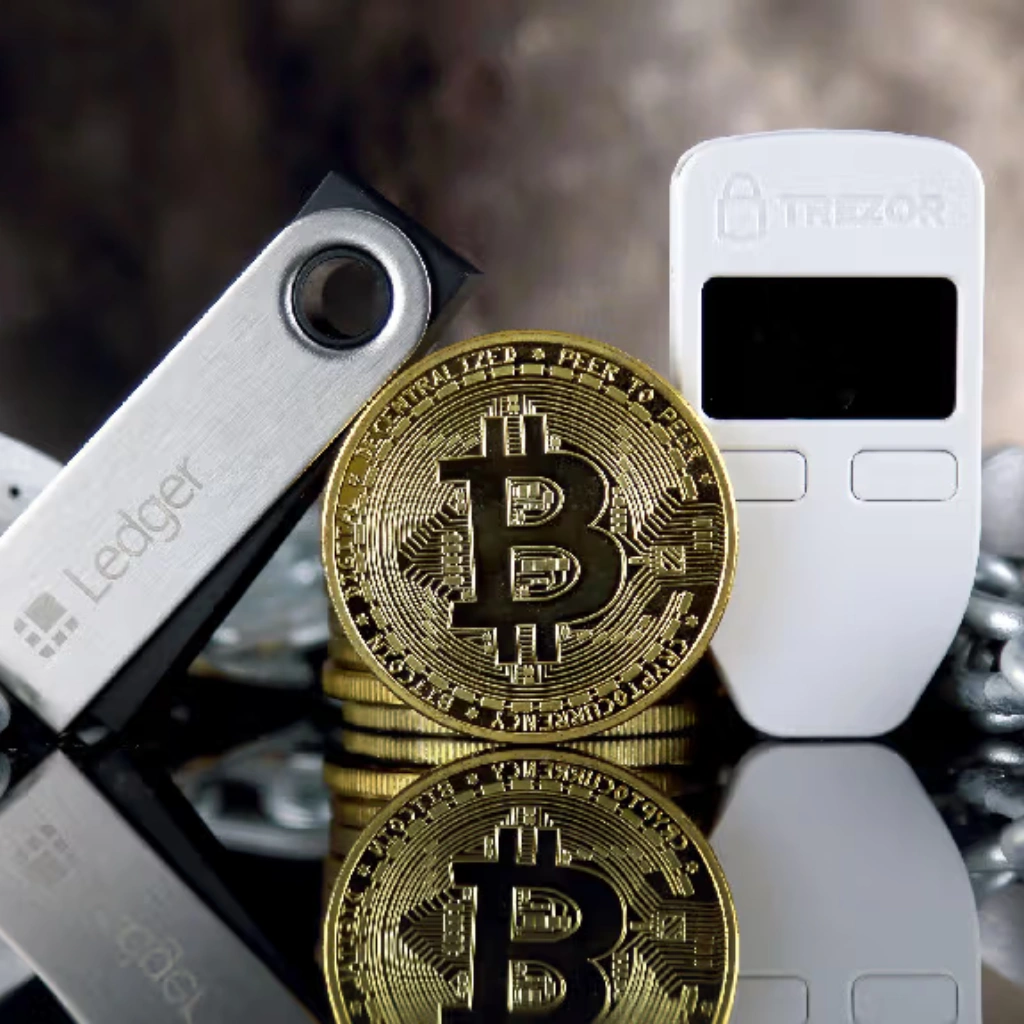
By Yingxin, Tech & Finance Correspondent (USDT storage safety)
As the adoption of cryptocurrencies grows, so does concern over digital asset security. Tether (USDT), one of the most widely used stablecoins, may offer price stability, but without proper storage precautions, users remain vulnerable to hacks, scams, and human error.
Security experts and crypto veterans alike emphasize that USDT storage safety should be top of mind for both casual traders and long-term holders. As phishing attacks and wallet breaches continue to rise globally, the need for proactive protection is becoming more urgent.
The Growing Risks Facing USDT Holders

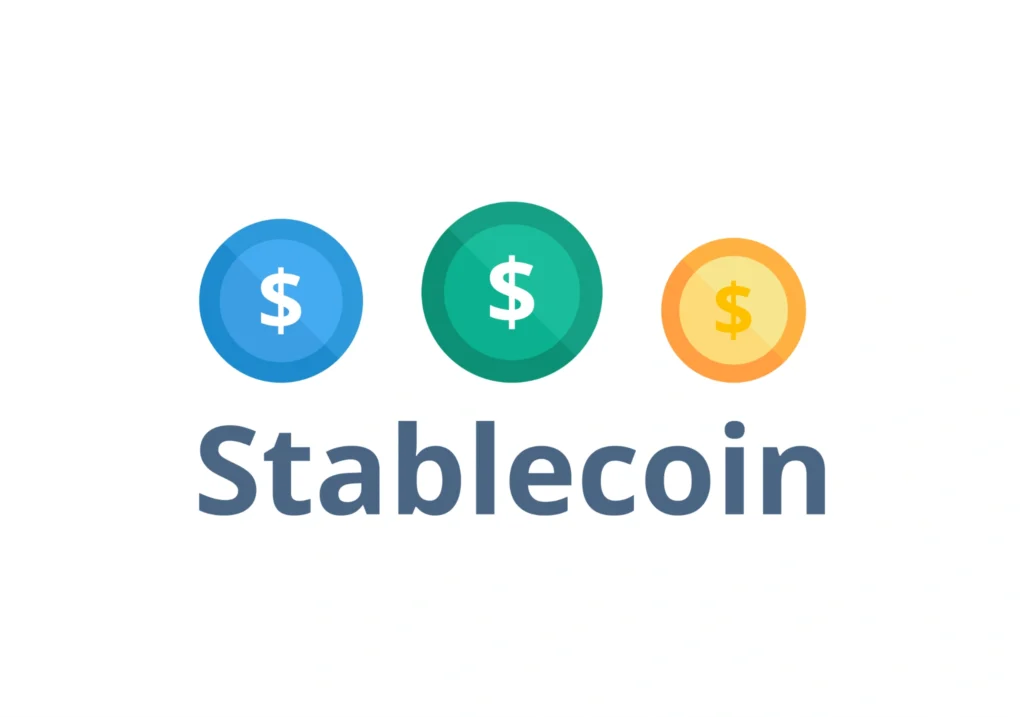
Despite its dollar peg and wide utility in the crypto ecosystem, Tether is not immune to threats. Analysts warn that users often treat stablecoins as inherently safer, which can lead to complacency.
“Many people assume USDT is ‘safe’ because it doesn’t fluctuate in price—but that has nothing to do with how securely it’s stored,” said cybersecurity advisor Lena McKnight. “If your private keys or seed phrases fall into the wrong hands, your funds are gone.”
From malware-infected apps to phishing emails disguised as wallet updates, the avenues for attack continue to evolve.
Cold Wallets: A Leading Defense for USDT Storage Safety
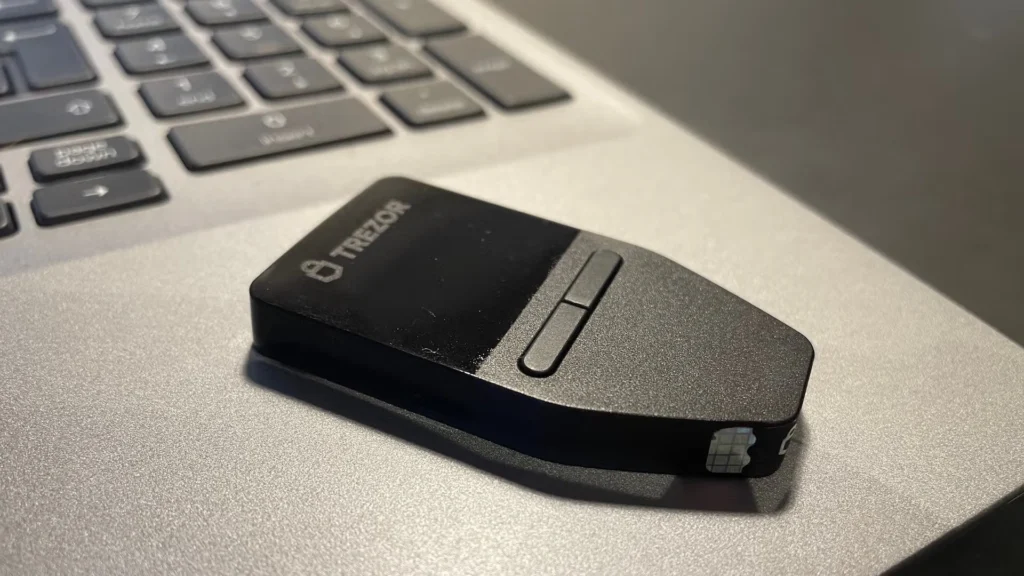
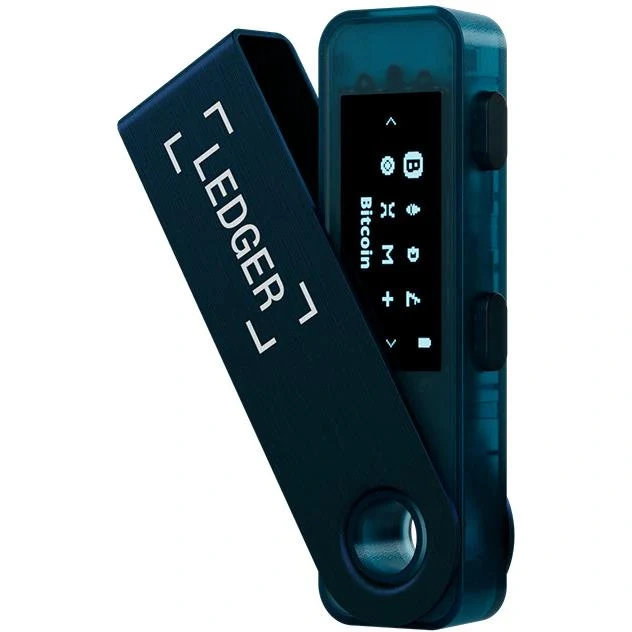
Offline or “cold” wallets remain one of the most secure ways to store digital assets like USDT. Devices such as Ledger and Trezor keep users’ private keys entirely offline, making them virtually inaccessible to hackers.
While cold wallets require an upfront investment, they are widely regarded as essential for long-term holders. “Think of it like storing your cash in a vault versus a drawer,” said McKnight. “The physical separation makes all the difference.”
However, experts stress that security doesn’t stop at buying the hardware. Users must protect their recovery phrases and avoid digital backups that could be intercepted.
Hot Wallets: Practical but Risky Without Proper Safeguards
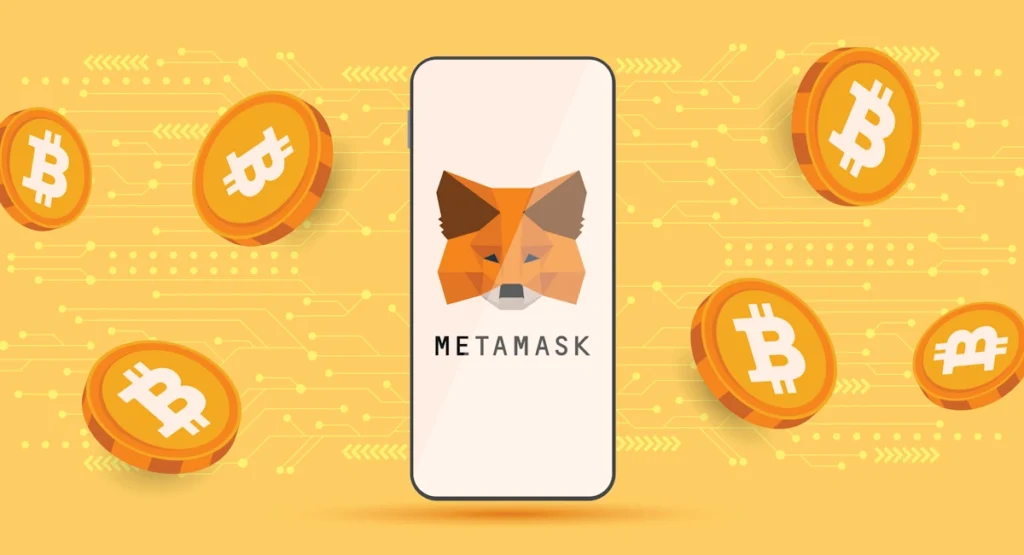

Hot wallets—those connected to the internet—offer convenience, especially for day-to-day transactions. Popular platforms such as Trust Wallet or MetaMask allow quick access and easy transfers, but come with increased risk.
According to blockchain analyst Carlos Reyes, “Using a hot wallet is like carrying a wallet in your pocket—it’s fine for small amounts, but you don’t want to store your life savings there.”
Reyes recommends enabling two-factor authentication (2FA), using password managers, and avoiding suspicious links or extensions as baseline precautions.
Diversification: A Simple Yet Overlooked Safety Strategy
Spreading assets across different wallets can help reduce the impact of any single point of failure. Many users combine cold storage for savings, hot wallets for regular use, and even multi-signature wallets for large holdings or team-managed funds.
“Diversification isn’t just about investments—it applies to security too,” said crypto educator Maya Tan. “You don’t want a single hack to wipe you out.”
Multi-Signature Wallets: Collaborative Protection for High-Stake Holders
Multi-signature (multi-sig) wallets add an extra layer of protection by requiring multiple approvals before transactions can proceed. While more complex to set up, platforms like Gnosis Safe or Casa are simplifying the process.
This method is especially beneficial for organizations, families, or individuals managing substantial holdings. With several parties required to unlock the funds, unauthorized access becomes significantly harder.
USDT storage safety: Conclusion- Habits Matter Just as Much as Tools
Industry experts agree that tools alone aren’t enough—user behavior plays a key role in protecting USDT holdings. Simple missteps, such as screenshotting recovery phrases or reusing passwords, can undo even the most sophisticated setups.
“Security is 30% tech, 70% habit,” noted Reyes. “The best tools in the world can’t save you if you’re careless.”
As the digital economy continues to expand, USDT storage safety remains a critical area of focus. Whether through hardware wallets, cautious browsing, or diversified strategies, users are urged to stay vigilant—because in crypto, the margin for error is razor-thin.
Relevant News: Here

